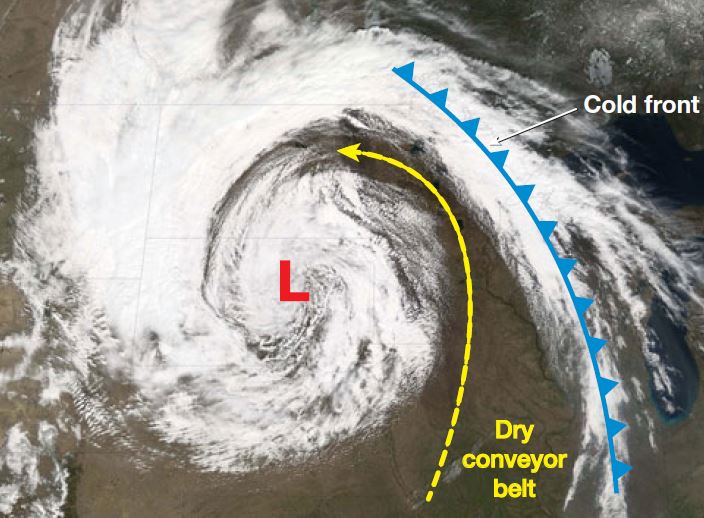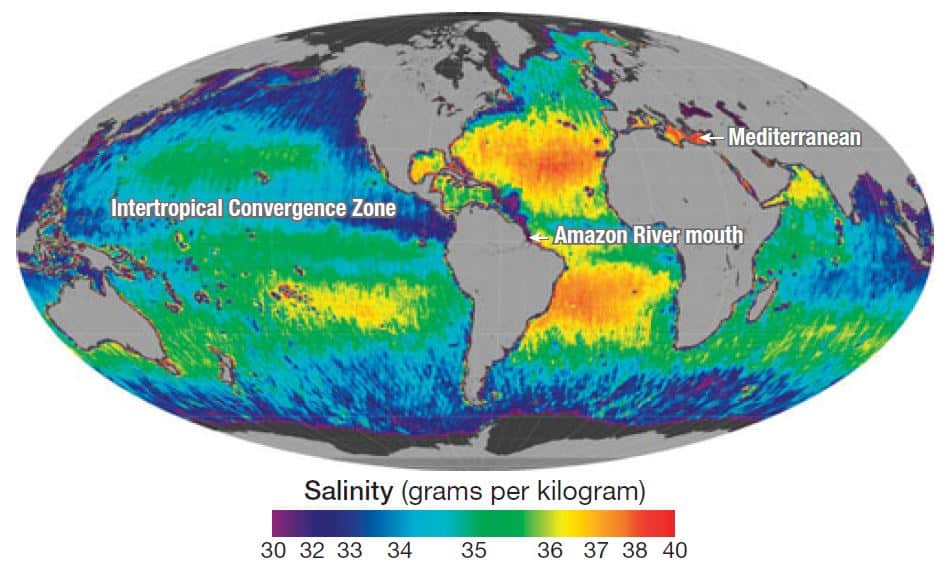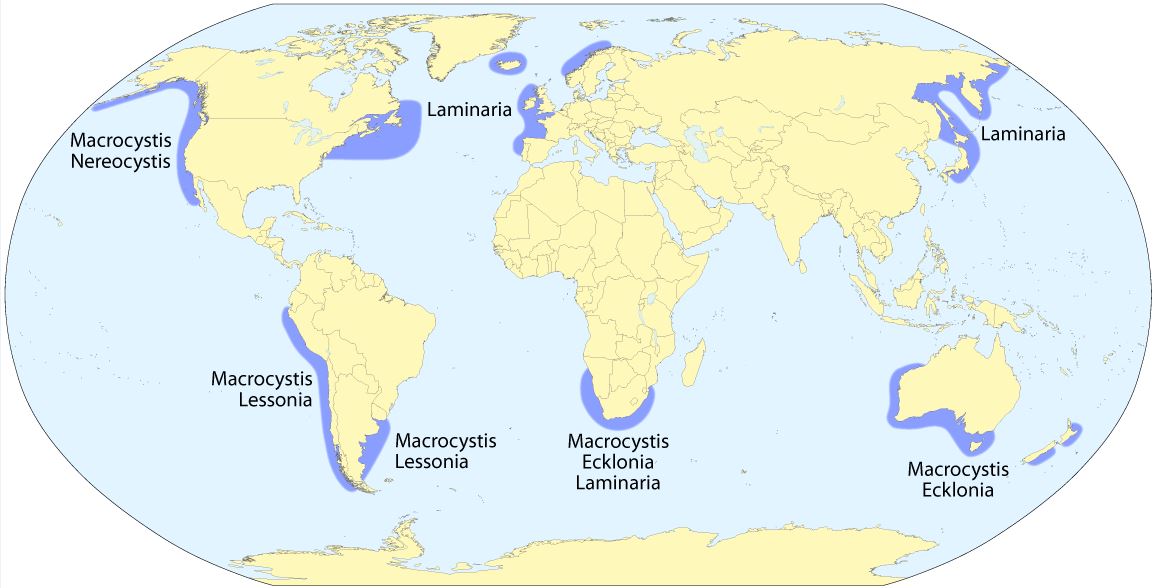Different Areas under UNCLOS III :Internal waters
Covers all water and waterways on the landward side of the baseline. The coastal state is free to set laws, regulate use, and use any resource. Foreign vessels have no right of passage within internal waters.
Territorial waters :
- Out to 12 nautical miles from the baseline, the coastal state is free to set laws, regulate use, and use any resource.
- Vessels were given the right of innocent passage through any territorial waters, with strategic straits allowing the passage of military craft as transit passage, in that naval vessels are allowed to maintain postures that would be illegal in territorial waters.
- “Innocent passage” is defined by the convention as passing through waters in an expeditious and continuous manner, which is not “prejudicial to the peace, good order or the security” of the coastal state.
- Fishing, polluting, weapons practice, and spying are not “innocent“, and submarines and other underwater vehicles are required to navigate on the surface and to show their flag. Nations can also temporarily suspend innocent passage in specific areas of their territorial seas, if doing so is essential for the protection of its security.
Archipelagic waters :
- The convention defines how the state can draw its territorial borders.
- A baseline is drawn between the outermost points of the outermost islands, subject to these points being sufficiently close to one another.
- All waters inside this baseline are designated Archipelagic Waters.
- The state has full sovereignty over these waters (like internal waters), but foreign vessels have right of innocent passage through archipelagic waters (like territorial waters).
Contiguous zone :
Contiguous zone is 24 nautical miles from the territorial sea baseline in which a state could continue to enforce laws in four specific areas: pollution, taxation, customs, and immigration.











